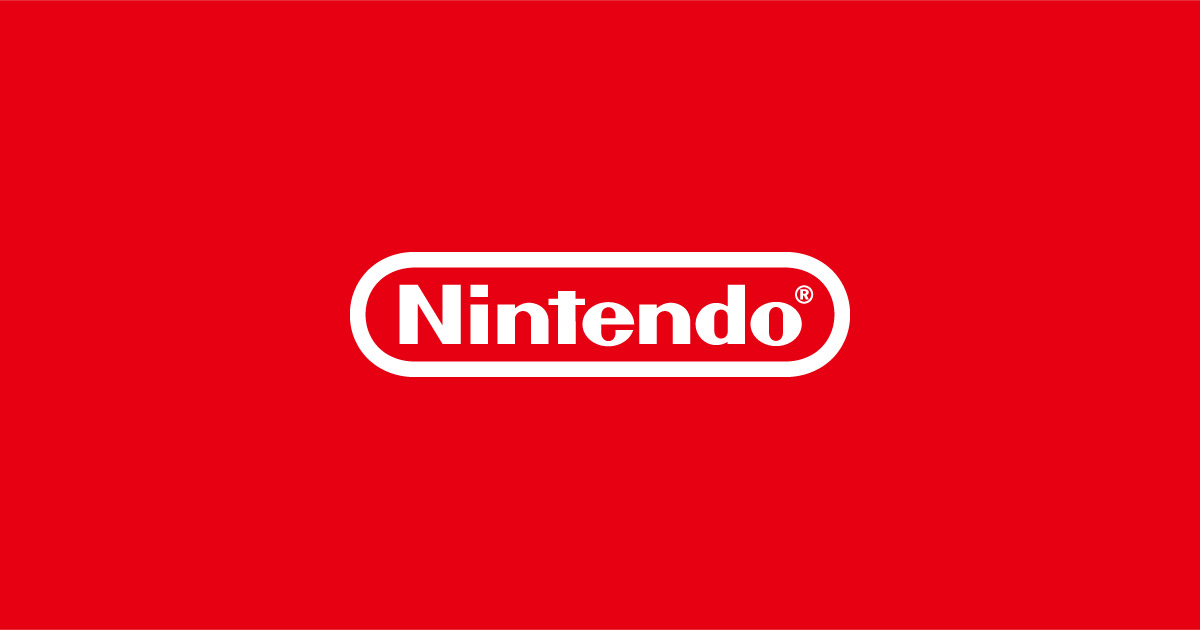Niantic, the innovative developer behind mobile sensation Pokémon GO, has announced significant advancements in augmented reality (AR) mapping technology with its newly detailed 'Large Geospatial Model' AI.
This powerful system leverages extensive location data gathered from Pokémon GO players worldwide to create more complete and sophisticated 3D maps—not only enhancing gaming experiences but also opening the door to a variety of future applications beyond entertainment. A New Era in Geospatial Mapping In a recent official blog post, Niantic revealed its Large Geospatial Model AI: an artificial intelligence designed to reconstruct and fill in missing details of physical environments, even when only partial scans are available.
For instance, if users have only photographed the front of a building—such as a church—the AI can intelligently complete the structure using aggregate data from millions of similar scans collected on a global scale.
This marks a breakthrough in how virtual and real-world spaces intersect within AR platforms like Pokémon GO. Collective Data Fuels Innovation Niantic’s mapping initiatives depend heavily on the community of players who have contributed location scans through their smartphones.
As of the latest update, Niantic reports an impressive database of approximately 10 million scanned locations worldwide.
Of these, about 1 million are already integrated with Niantic’s new 'Visual Positioning System' (VPS).
The VPS uses a single image captured from a mobile device to accurately determine the device's spatial coordinates, all by referencing a comprehensive 3D map assembled from user-submitted location data within Niantic’s gaming apps, including Pokémon GO. What sets Niantic's dataset apart is its composition: many of the scanned locations are pedestrian-only areas—spaces that are typically inaccessible by vehicle-based mapping systems.
This unique data input enables more accurate and diverse AR interactions within games and potentially other industries, giving Niantic a distinct technological edge. Beyond Pokémon GO: Broader Applications on the Horizon While Niantic has not yet disclosed the full scope of potential uses for its Large Geospatial Model, the company outlined that the technology could be adopted for "spatial planning and design, logistics, audience engagement, and remote collaboration." With millions of global scans and advanced AI capabilities, this platform could have far-reaching implications well beyond the Pokémon GO universe. Niantic’s advancements underscore the increasing integration of AR into daily life and the importance of community participation in building immersive digital experiences.
As Pokémon GO continues its strong presence on platforms such as Nintendo Switch and mobile devices, innovations like the Large Geospatial Model illustrate how AR gaming is shaping the future of digital interaction.
This powerful system leverages extensive location data gathered from Pokémon GO players worldwide to create more complete and sophisticated 3D maps—not only enhancing gaming experiences but also opening the door to a variety of future applications beyond entertainment. A New Era in Geospatial Mapping In a recent official blog post, Niantic revealed its Large Geospatial Model AI: an artificial intelligence designed to reconstruct and fill in missing details of physical environments, even when only partial scans are available.
For instance, if users have only photographed the front of a building—such as a church—the AI can intelligently complete the structure using aggregate data from millions of similar scans collected on a global scale.
This marks a breakthrough in how virtual and real-world spaces intersect within AR platforms like Pokémon GO. Collective Data Fuels Innovation Niantic’s mapping initiatives depend heavily on the community of players who have contributed location scans through their smartphones.
As of the latest update, Niantic reports an impressive database of approximately 10 million scanned locations worldwide.
Of these, about 1 million are already integrated with Niantic’s new 'Visual Positioning System' (VPS).
The VPS uses a single image captured from a mobile device to accurately determine the device's spatial coordinates, all by referencing a comprehensive 3D map assembled from user-submitted location data within Niantic’s gaming apps, including Pokémon GO. What sets Niantic's dataset apart is its composition: many of the scanned locations are pedestrian-only areas—spaces that are typically inaccessible by vehicle-based mapping systems.
This unique data input enables more accurate and diverse AR interactions within games and potentially other industries, giving Niantic a distinct technological edge. Beyond Pokémon GO: Broader Applications on the Horizon While Niantic has not yet disclosed the full scope of potential uses for its Large Geospatial Model, the company outlined that the technology could be adopted for "spatial planning and design, logistics, audience engagement, and remote collaboration." With millions of global scans and advanced AI capabilities, this platform could have far-reaching implications well beyond the Pokémon GO universe. Niantic’s advancements underscore the increasing integration of AR into daily life and the importance of community participation in building immersive digital experiences.
As Pokémon GO continues its strong presence on platforms such as Nintendo Switch and mobile devices, innovations like the Large Geospatial Model illustrate how AR gaming is shaping the future of digital interaction.






